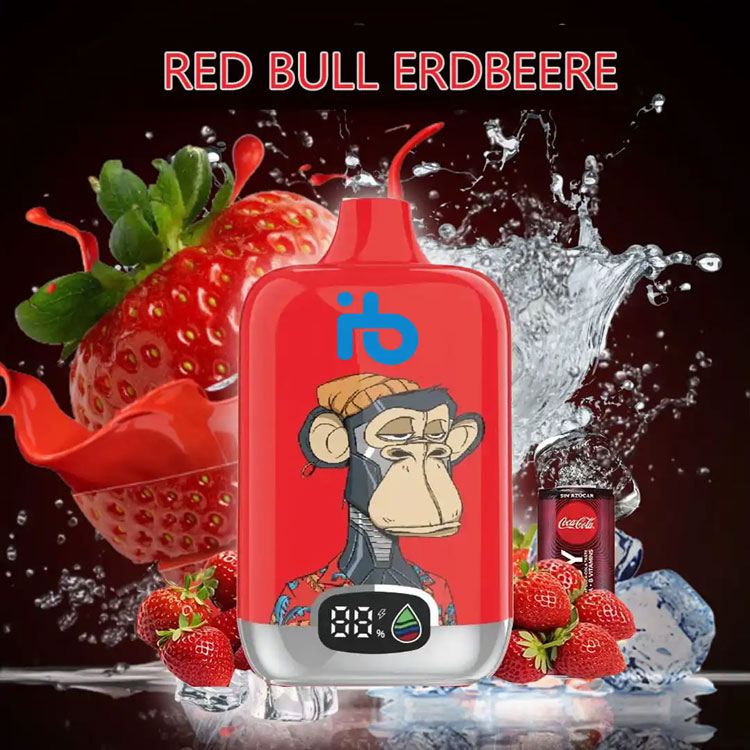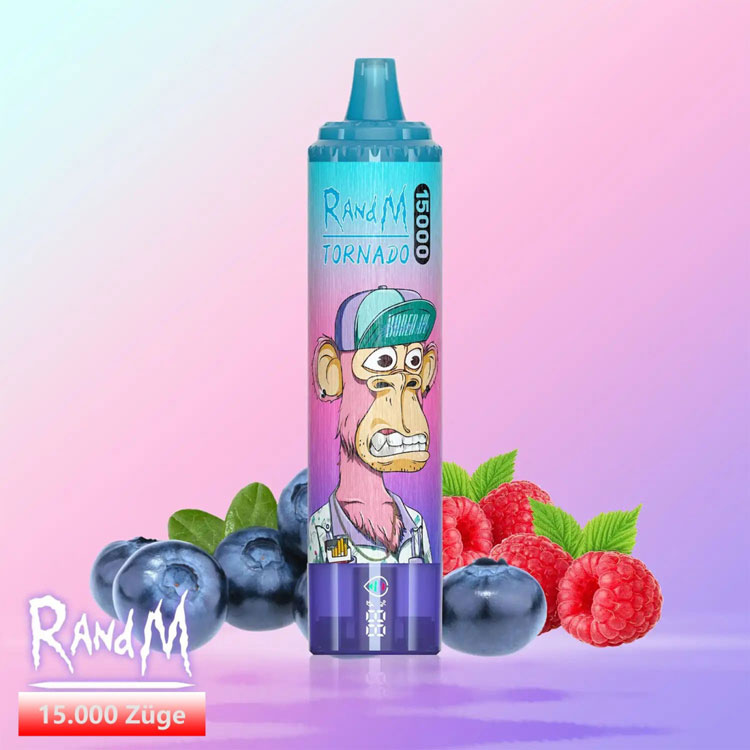Exploring E-Cigarettes Composition: Water and Flavoring Misconceptions
E-cigarettes have gained popularity as alternatives to traditional smoking, but what exactly are they composed of? This question often arises, especially with the claim that most e-cigarettes only contain water and flavoring. Today, we delve into the reality behind what makes up the vapor inhaled from e-cigarettes.
Understanding the Basics
E-cigarettes operate by heating a liquid, commonly referred to as e-liquid or vape juice, to produce vapor. While it’s tempting to assume this liquid is simply water and flavoring, it typically consists of a mix of components, each playing a crucial role in vaping experiences.
Primary Components of E-Liquid

Generally, e-liquids contain several key ingredients:
- Propylene Glycol (PG): A colorless liquid that serves as a carrier for flavors, imparting a throat hit similar to smoking.
- Vegetable Glycerin (VG): A thicker, sweeter component responsible for vapor production. It’s often combined with PG to enhance flavor and vapor.
- Flavorings: Concentrated aromas to provide diverse taste options. These flavors range from traditional tobacco to fruity and dessert-inspired choices.
- Nicotine: While optional, many vapers choose to include varying concentrations to satisfy cravings.
Contrary to the misconception, water is not a primary ingredient. Though traces may be present, it does not constitute the bulk of the vapor produced or consumed.
Addressing Misunderstandings

The notion that e-cigarettes only contain water and flavoring likely stems from simplification or marketing strategies aimed at portraying vaping as less harmful than smoking. While e-cigarettes do eliminate some harmful components of traditional cigarettes, understanding the complexity and variety of their ingredients is essential for informed usage.
It’s crucial to recognize that both PG and VG play significant roles and that flavorings do much more than simply mask the taste of chemicals. These ingredients contribute to the quality of the vaping experience, from the smoothness of the vapor to the richness of flavor.
Health Implications
Understanding the actual ingredients can guide health-conscious individuals towards making better choices. While e-cigarettes remove various harmful substances found in tobacco smoke, it’s important to be aware of potential allergies to ingredients like PG or sensitivity to nicotine levels.
Moreover, continuous research and regulation help further illuminate the long-term effects of vaping, ensuring consumer safety and adapting practices accordingly.
FAQs about E-Cigarettes Ingredients
Q: Are e-cigarettes safer due to reduced ingredients compared to traditional cigarettes?
A: E-cigarettes eliminate many harmful combustion by-products but still include substances like nicotine that require cautious use.
Q: Can one vape without nicotine?
Can one vape without nicotine?
A: Yes, e-liquids are available in nicotine-free variants, allowing users to enjoy flavors and vapor without nicotine.
Q: Do all e-liquids use PG and VG?
A: Most do, but there are formulations that adjust the ratio or use one component exclusively, depending on desired vapor density and flavor intensity.
Understanding these aspects not only sheds light on common misconceptions but also supports responsible vaping practices.
